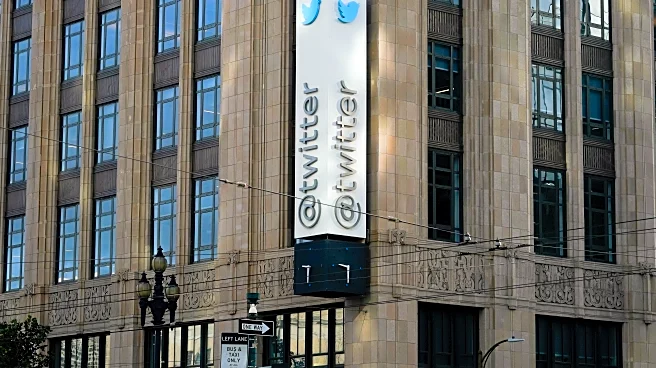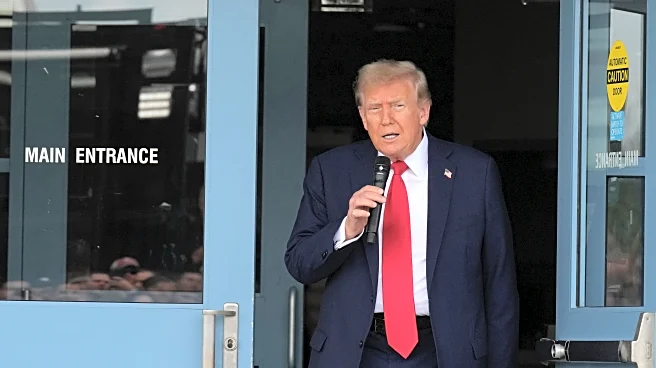Rapid Read • 8 min read
In 2025, the federal government is set to experience its largest single-year reduction in civilian employment since World War II, with a decrease of 300,000 workers by the end of the year. This reduction will bring the federal workforce from 2.4 million to 2.1 million employees, marking a 12.5 percent decrease. The newly established Department of Government Efficiency (DOGE) is primarily driving this effort. Scott Kupor, the new director of the Office of Personnel Management (OPM), confirmed that 80 percent of these reductions are due to voluntary buyouts and transition programs, while the remaining 20 percent are involuntary layoffs. Kupor highlighted that the buyouts were designed to be generous, providing financial support and ample time for affected workers to find new opportunities. This downsizing surpasses previous cuts made by former Presidents Reagan and Clinton, which occurred over multiple years. The Trump administration also enacted significant workforce reductions, including dismantling agencies like the U.S. Agency for International Development, which cut 10,000 jobs.
AD
The reduction in the federal workforce represents a significant shift towards a leaner government, aligning with conservative goals to reduce bureaucracy and improve operational efficiency. This downsizing could have broad implications for public policy and government operations, potentially affecting service delivery and administrative functions. The move may also impact local economies and communities where federal employees reside, as job losses can lead to decreased consumer spending and economic activity. While the government aims to streamline operations, the personal impact on affected families and communities is considerable, as acknowledged by Scott Kupor. The reduction may also influence political dynamics, as it reflects ongoing efforts to reshape the size and scope of federal government operations.
Scott Kupor has indicated that no further large-scale layoffs are anticipated this year, suggesting that the most intensive phase of workforce reduction may be concluding. The focus may shift towards implementing efficiency measures and evaluating the impact of the workforce changes on government operations. Stakeholders, including political leaders and civil society groups, may react to these developments, potentially influencing future policy decisions. The government may also monitor the effects of the downsizing on service delivery and adjust strategies accordingly to maintain operational effectiveness.
AD
More Stories You Might Enjoy











